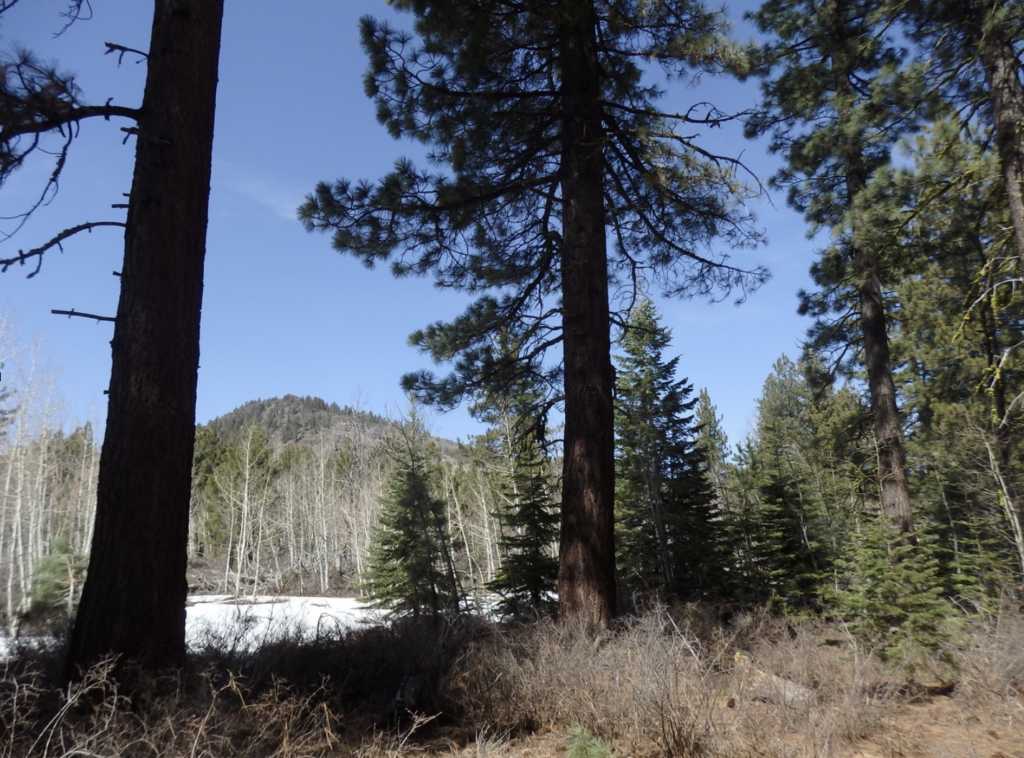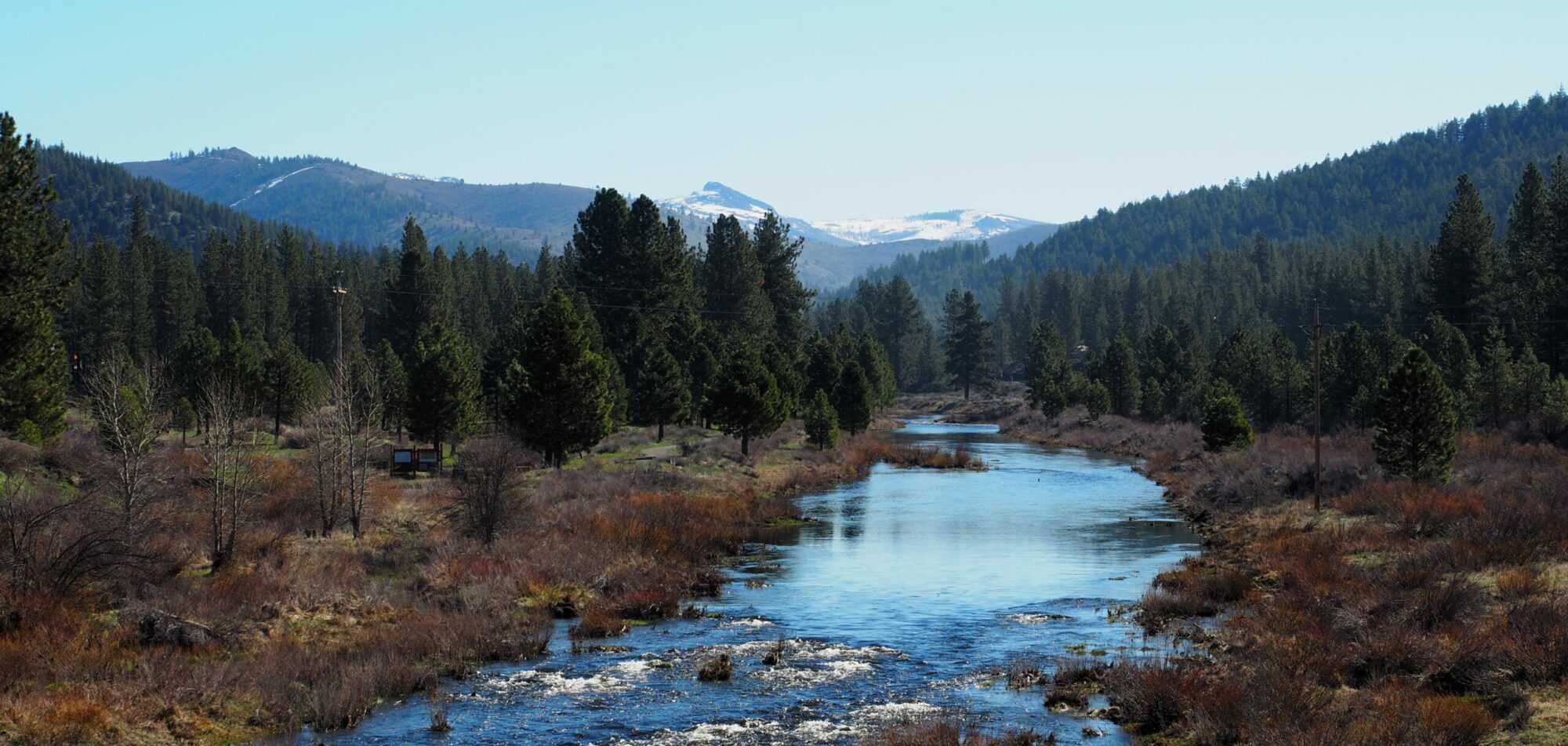The U.S. Forest Service Community Protection Central and West Slope project would spray $30 million of carcinogenic herbicides and unleash an unprecedented industrial logging assault on mature forests including trees nearly eight feet around, across 200,000+ acres along the Feather River corridor and elsewhere in Plumas, Butte, and Sierra Counties.
Feather River Action is strongly opposing this project and supporting a No Action alternative until a plan that scales up underburning and true community protection is considered.
Click the following link to download a pdf of our recent comments to the Forest Service on the “Community Protection” Plan that would protect logging company profits but leave human and wildlife communities vulnerable to massive pesticide drift in air, water, and soil and faster, less predictable wildfires near communities. Do the research and speak out to elected officials and the Forest Service today and demand a halt to this expensive assault on forests.
Feather River Action! USFS Community Protection Project Comments
John O’Brien PhD Comments on Plumas Natl. Forest CPP Plan
John O’Brien Qualifications and CV
Chad Hanson / Center for Biological Diversity / John Muir Project CPP Comments
Plumas Forest Project Comments on CPP
David Arsenault comments on CPP
Native Tree Society CPP Comments
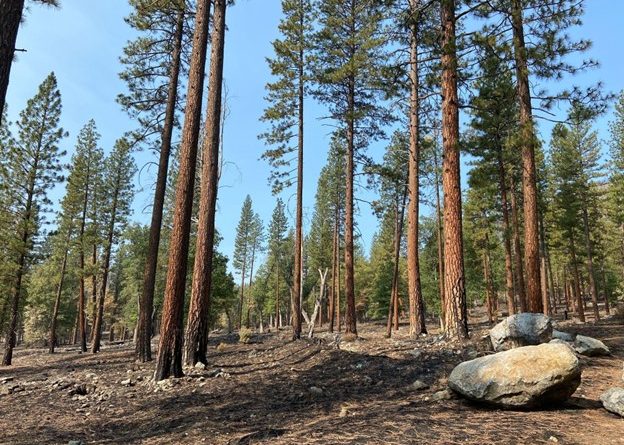
Above: A mechanically thinned landscape in Plumas County : The photo above is not actually a forest at all. It is a tree plantation. Real, truly healthy forests include shrubs, plants, insects (even some diseases), and complex, often dense habitat. Notice how much of the soil is exposed to the drying effects of sun and wind, which are very powerful at this elevation. Truly healthy forests almost always generate a layer of mulch that prevents moisture loss and erosion. There is no mulch or even a wildflower or plant visible. A wind driven wildfire could spread very quickly through this type of landscape toward communities and in fact that is exactly what happened in Paradise and during other recent wildfires that have claimed homes and lives. When a wildfire moves quickly, there is diminished time for firefighters to respond and for local people to evacuate. And time is everything in this kind of situation.
Regardless, the (remaining) trees in the photo likely would have been logged according to “Community Protection Project” CPP guidelines that allow the logging of trees nearly eight feet around.
Recreation also suffers when we create homogenous, mechanically scarred and habitat-poor landscapes. Who wants to hike or bike for miles through such a boring landscape of trees of similar age and species? Not only are these heavily “treated” landscaped less appealing to humans and their wild cousins, they are also habitat poor and (perhaps counterintuitively) high in fire risk.
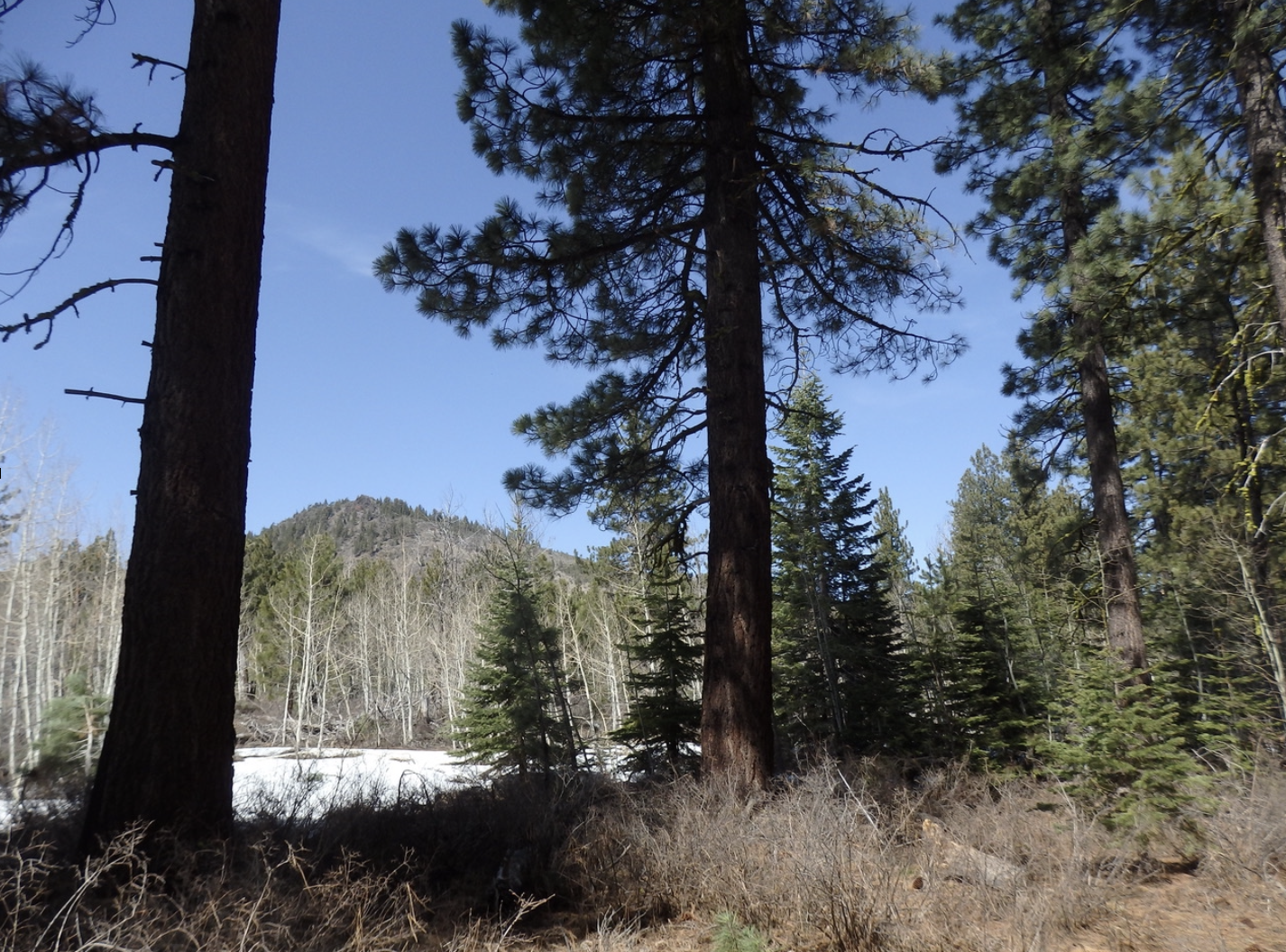
Above: Crocker Grove, Plumas County— this area of large conifers and aspen in a moist valley between Lake Davis and Portola is included in the CPP, already marked for removal from the Mapes Project, which was likely abandoned in part due to public opposition, enflamed by the USFS not waiting for public comment before going ahead and marking trees on the Lake Davis Trail.
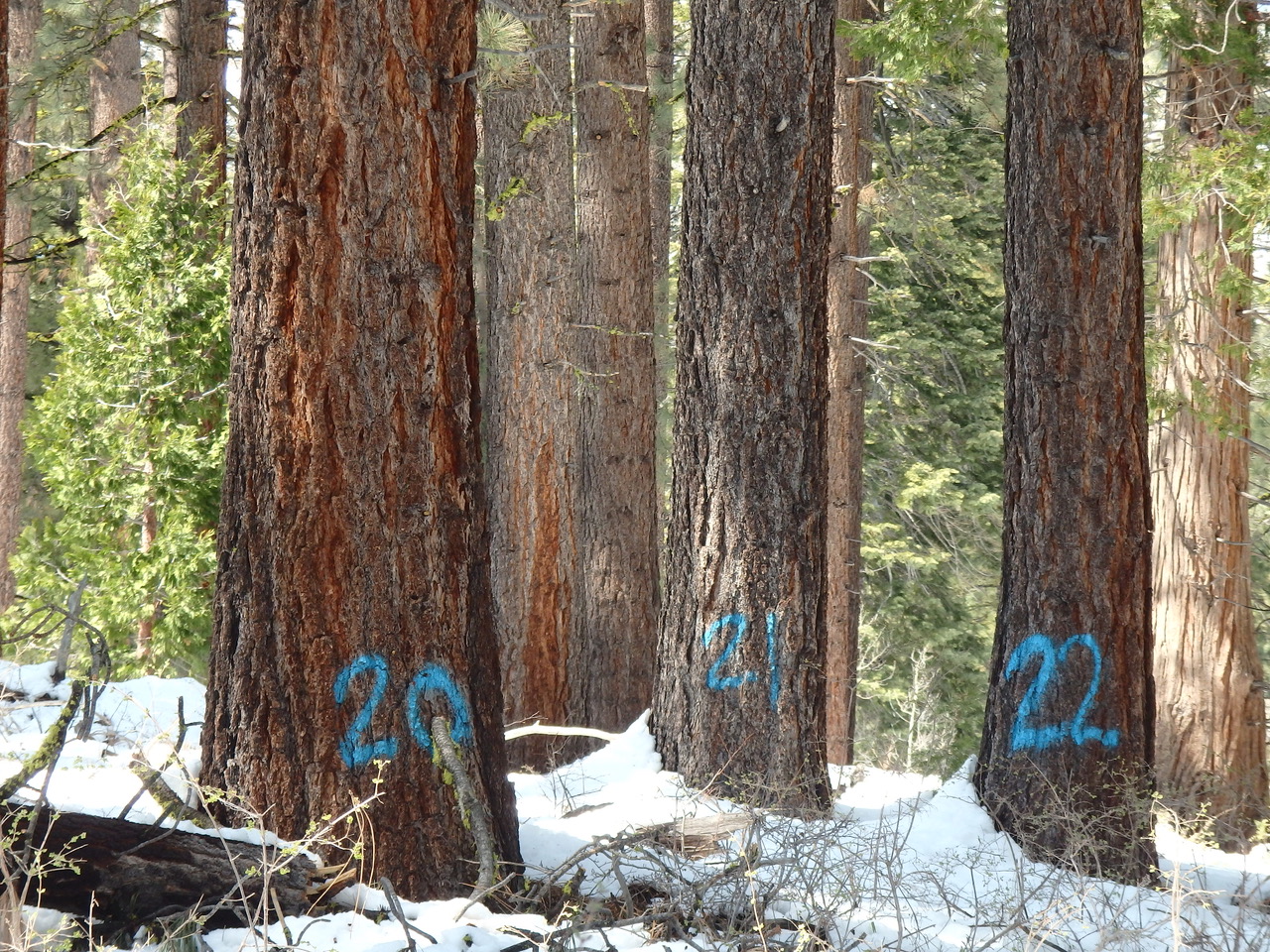
Larger, fire-resilient and carbon storing trees marked for removal in Crocker Grove between Portola and Lake Davis in the name of fire mitigation. These trees need to be kept on the landscape not be sent to the saw mill at taxpayer expense. We’re paying the cost of the climate crisis every day and the CPP plan will make it worse.
